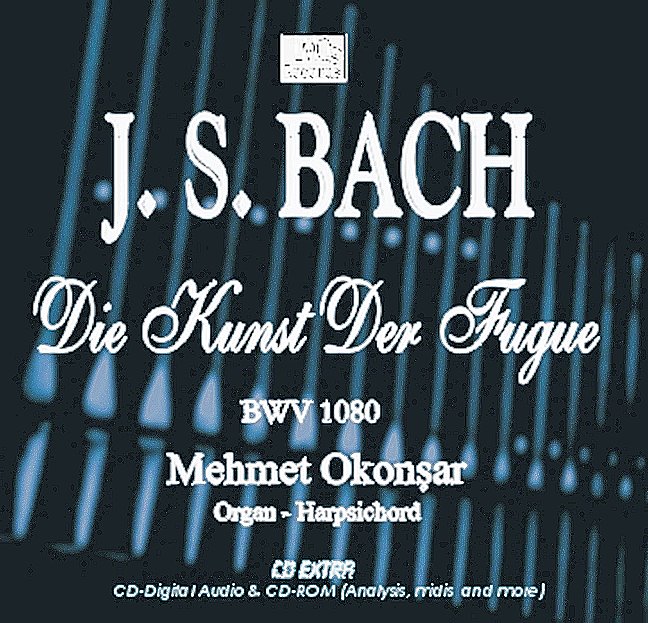
The Art Of Fugue BWV 1080 By Johann Sebastian Bach
Brief
introduction to one greatest work of art in the music history. The
summit of the Fugue form in music by J. S. Bach.
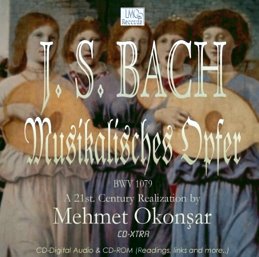
J.S. Bach "Musikalische Opfer"
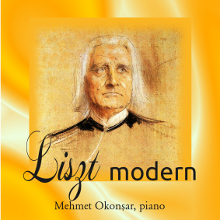
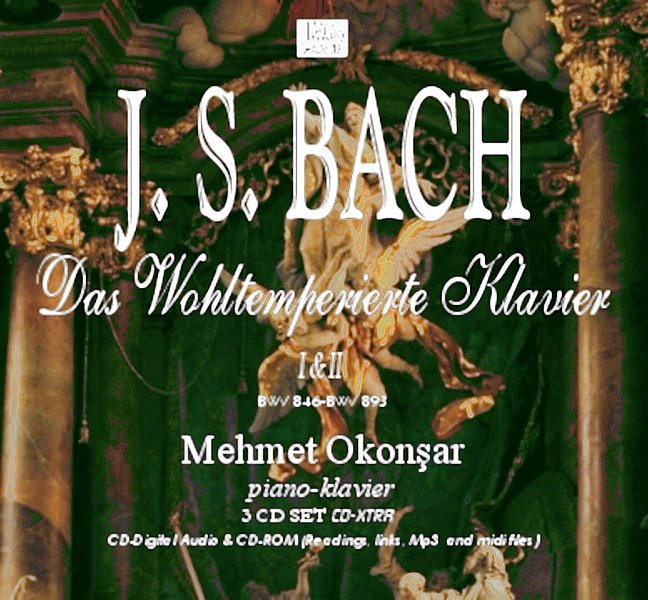
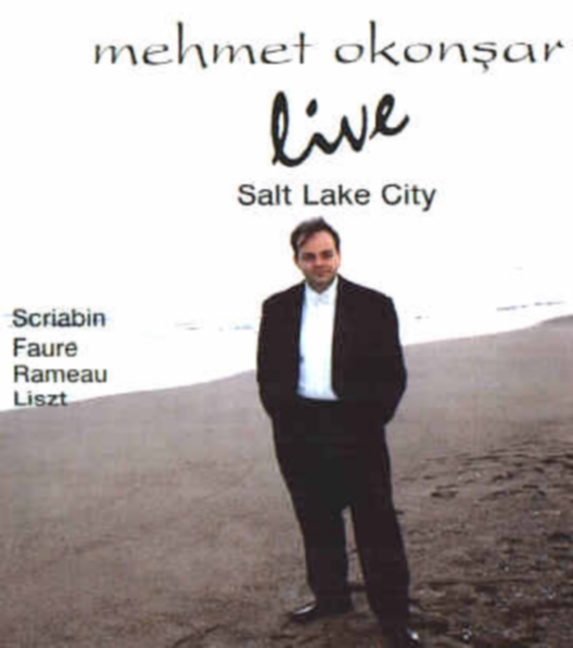
Recital: "Live at Salt Lake City"
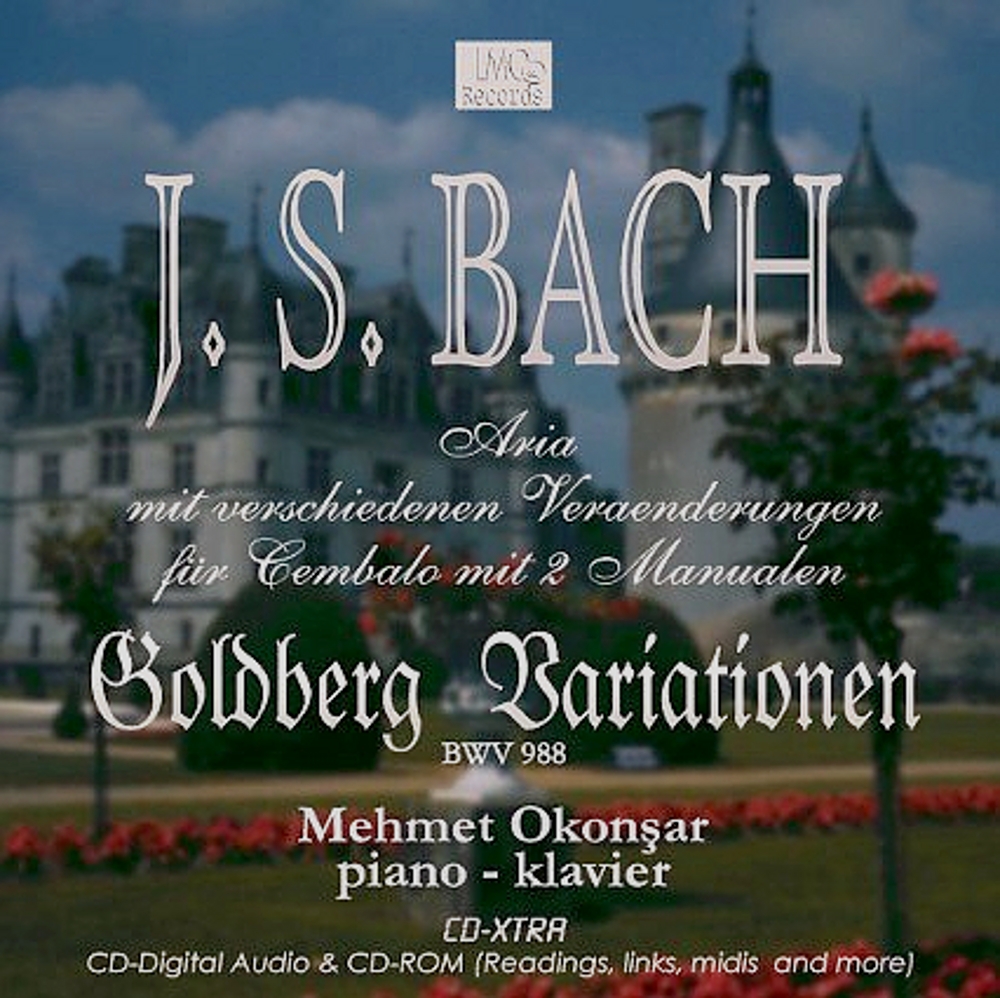
J.S. Bach The Goldberg Variations
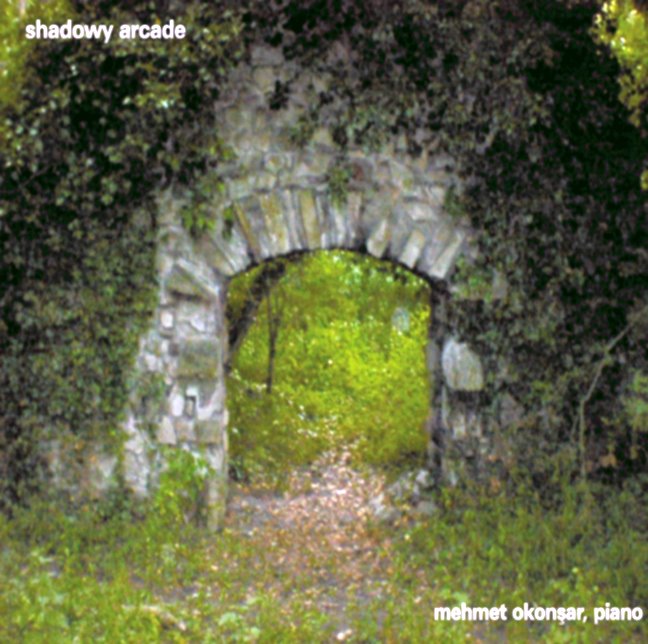
Piano Solo Improvisations: "Shadowy Arcade"
All CD's can be auditioned entirely and freely at their respective pages. Click on the images.

J.S. Bach The Goldberg Variations

Piano Solo Improvisations: "Shadowy Arcade"
All CD's can be auditioned entirely and freely at their respective pages. Click on the images.
Polyphony: the dynamic interplay of melodic voices, provided a technical means towards a larger composition. Namely, a bit of music ought to be organic it will achieve oneness via a dense web of internal connections.
Contrapuntal possibities ought to be investigated fully, like a music performer's way to work continuously at perfecting oneself and also the practiced work. The skill of writing a fugue, several actions which Bach modified and broadened through the years, presents a classic model.
This is really as much a mysterious, because it is a piece of musical genius.
Considering the fact that it is unlikely ever to become to a definitive understanding of Bach's intentions, not to mention the means by which it ought to be understood, it appears reasonable that you should be urged with as open a mind as you possibly can for the job.
Newest research would often indicate that the pieces were written for harpsichord but because it so clearly works as well on any keyboard instrument, without mention of the chamber music ensembles, a new release, if bringing a new perspective, will certainly be welcomed.
Carl Philipp Emmanuel Bach describes the masterpiece as being the perfect illustration of applied fugal technique.
In 1774 J. Ph. Kirnberger authored, "the skill of Fugue is much more difficult within the entire science of arrangements, each one of the four voices haven't only its fluent melody, all of them must have an uniform character. That is maintained to ensure that within their union, just one perfect whole is produced."
In early years this type of composition was considered by many people like a mathematical thing of beauty and it is passion for students and music artists keep growing.
Throughout the Classical era, the fugue was no more a central as well as fully natural mode of musical composition, despite the fact that canonic imitation was part, not just of musical education, but from the play that composer's used to find musical ideas.
Nonetheless, the three finest composers from the Classical era, Haydn, Mozart, and Beethoven, had periods of their careers in which they are, in a certain sense, "discovered" fugal writing and tried on the extender frequently within their work.
Max Reger had the nearest association using the fugue among composers of this late-romantic era. A lot of his works for organ incorporates or just are fugues. A couple of Reger's most-performed orchestral works finish by having a large-scale orchestral fugue.
Twentieth-century composers introduced fugue into their position of prominence, recognizing its uses in entirely instrumental works, its importance in development and opening sections, and also the developmental abilities of fugal composition.
Igor Stravinsky also incorporated fugues into his works, such as the "Symphony of Psalms". Stravinsky recognized the compositional techniques of Bach, as well as in the second movement of his "Symphony of Psalms" he displays a fugue that's similar to those of the Baroque era. It utilizes a double fugue with two distinct subjects, the very first from C and also the second in E. Techniques, for example "stretto", sequencing, and using subject "incipits" are often heard within the movement.
Counterpoint is definitely an ancient way by which everyone is singing or playing a tune simultaneously, as opposed to the more contemporary idea of merely one accompaniment and melody.
Counterpoint is the skill of juxtaposing tunes to ensure that rather than getting into one another's way, they complement each other making good harmony together. Every music student will explain, counterpoint is damned tough to write, and also the needs of fugue only allow it to be harder.
In music, a fugue is a kind of piece designed in counterpoint form or manner for many independent musical voices. A fugue starts using its subject (a short musical theme) mentioned by among the voices playing alone. Another voice then makes its way into and plays the topic, as the first voice proceeds having a contrapuntal accompaniment. Then your remaining voices similarly enter one by one. The rest of the fugue further evolves the fabric using all the voices.
Bach's final work, The Art of Fugue (BWV1080) is all about as abstract as music could possibly get.
Written without any instrumentation, no particular order, with no "ending" in a usual sense, it appears to exist outdoors of space and time, and it is ultimately anything you want so that it is. Even though string quartet was a mystery ensemble to Bach, the character from the piece indicates that trying to create a superficially "authentic" performance is really a relatively low priority.
Usage rights:
You can use
this article under the Creative Commons License CC-BY. This license
lets you distribute, remix, tweak, and build upon my work, even
commercially, as long as you credit me, by displaying the information
on me given below verbatim for
the original article.
Mehmet
Okonsar is a
pianist-composer-conductor and musicologist. Besides his international
concert carrier he is a prolific writer. Founder of the first classical
music-musicology dedicated blog-site: "inventor-musicae"
as well as the first classical-music video portal: "classical videos".
